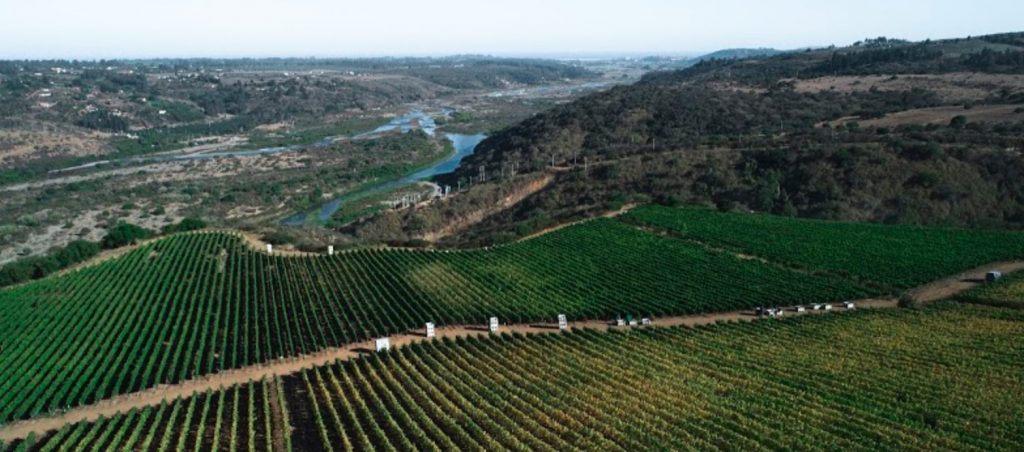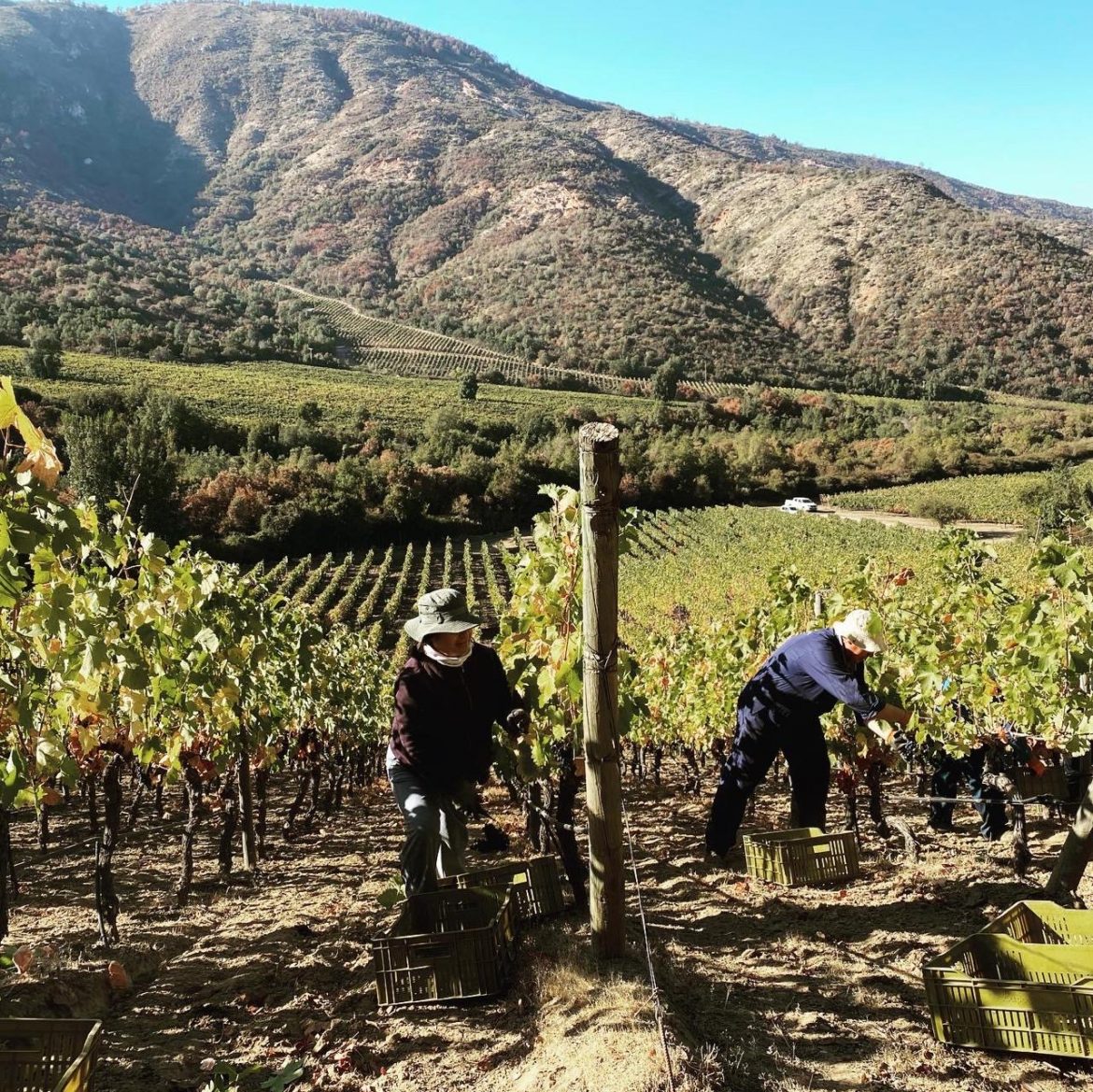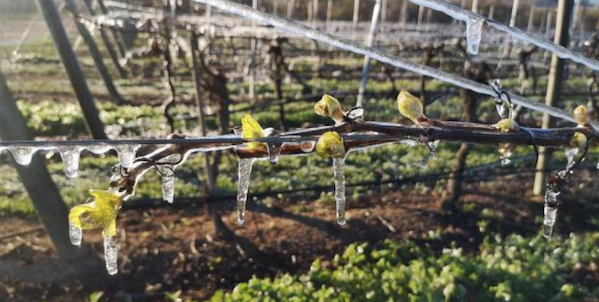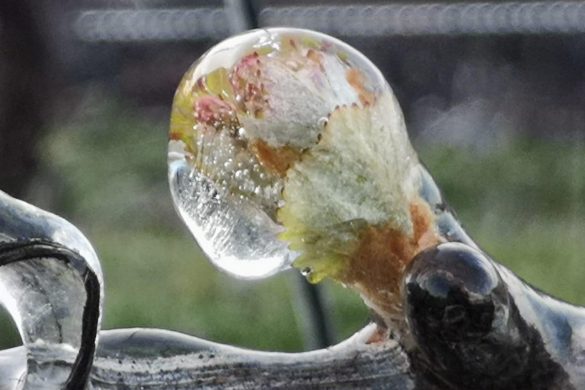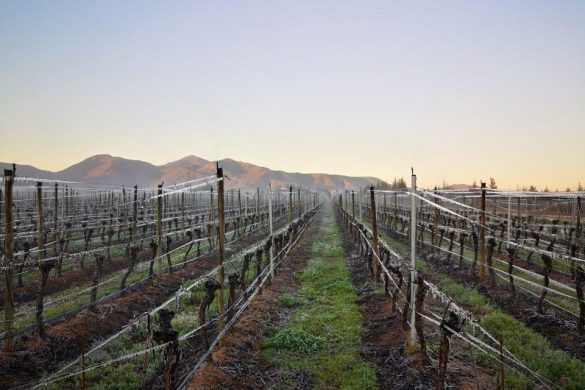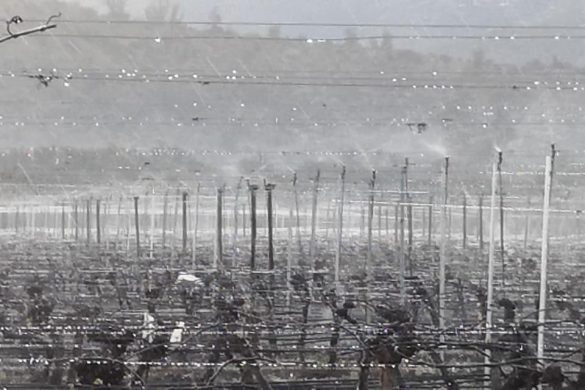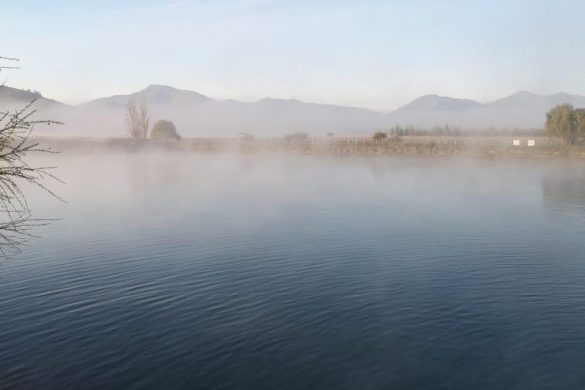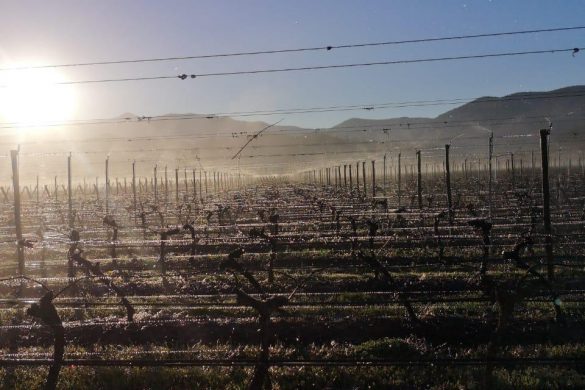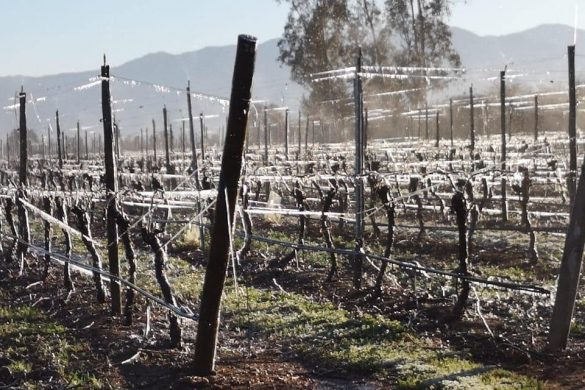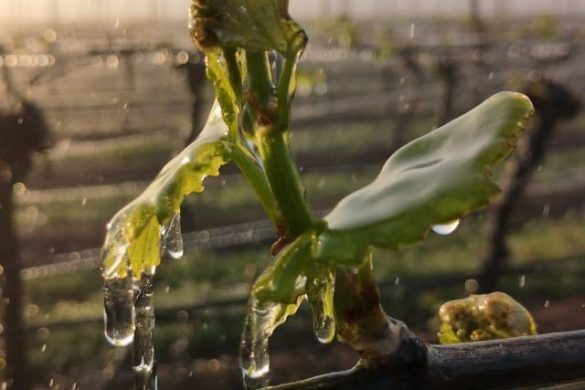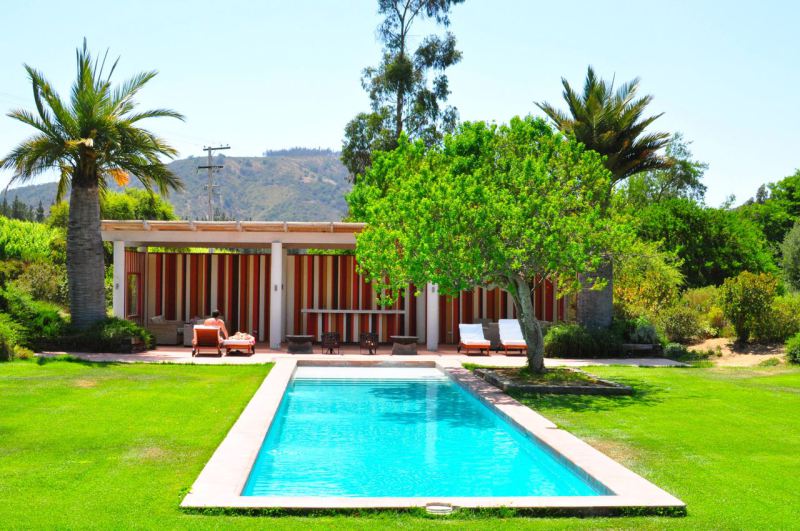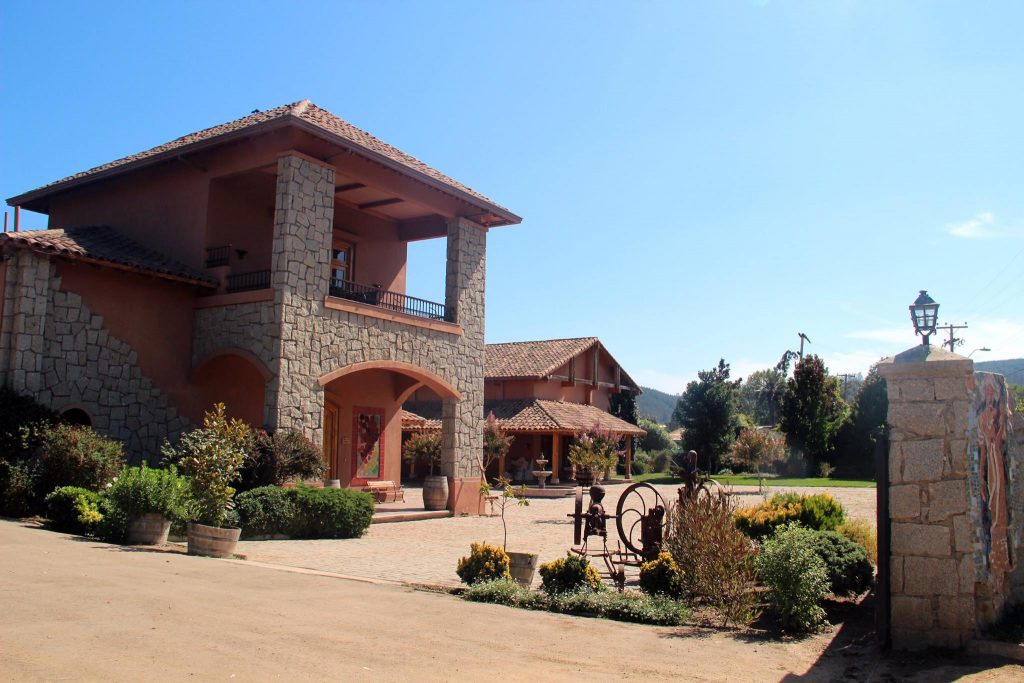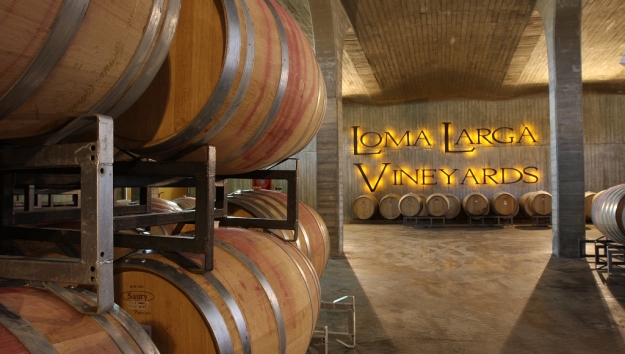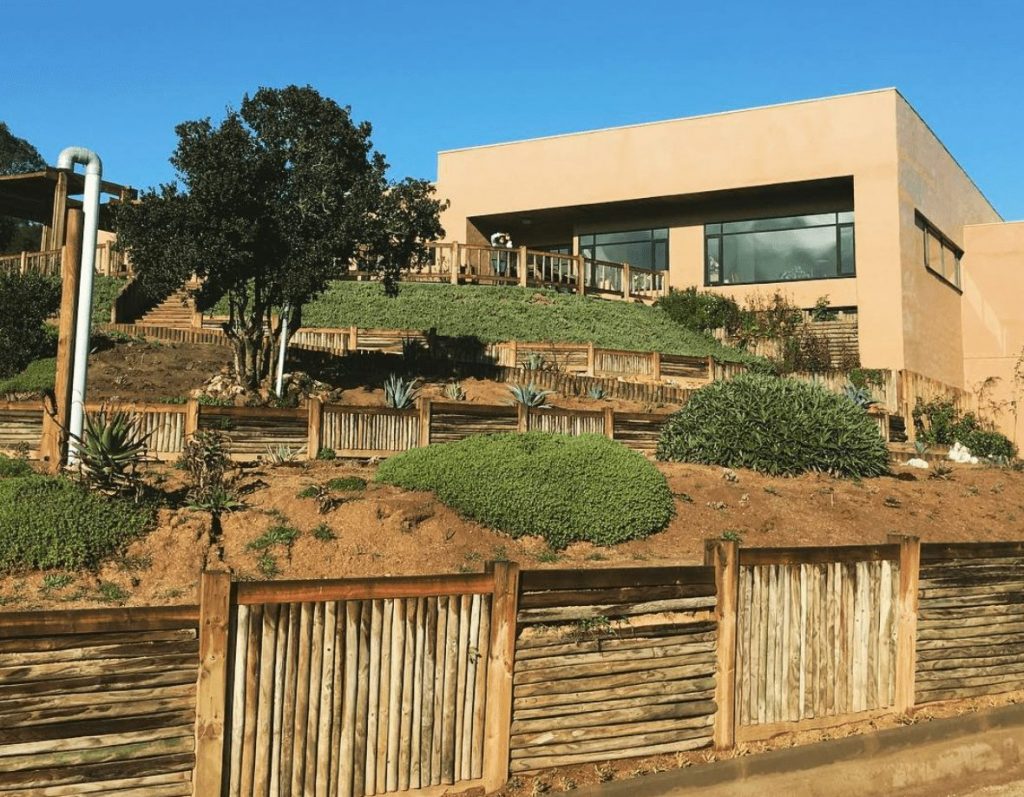Viviana Navarrete is the head winemaker at Viña Leyda which was the pioneering winery of Leyda valley in San Antonio, first planting vines there at the end of the 1990s. Amanda Barnes interviews Viviana to learn more about Leyda terroir and what makes its wines stand out.
Interview with winemaker Vivana Navarrete of Viña Leyda
Video interview:
Viña Leyda was a true pioneer in the region of Leyda, San Antonio. Can you tell us about the development of the region and how you came to plant there and establish a vineyard?
Viña Leyda was a pioneer in planting its vineyards in the area in 1998, when the Leyda valley was not yet a Denomination of Origin, and we were the creator of this appellation, which is why we have the same name as the valley.
Leyda is a very dry region, with very little natural rain (only 250 mm a year), so in order to start developing it as a vine-growing area Viña Leyda – along with other private and government investors – had to invest in the construction of an 8 kilometre-long pipe to irrigate its vineyards with water from the Maipo River. This was undoubtedly the biggest challenge of the project, as well as starting in an entirely new extreme viticultural region where no one had any previous experience.
During 2001, we made our first commercial production, which we sold under our “Leyda” trademark, which was within the San Antonio appellation. However, the combination of the maritime influence, climate and soil differences meant that we were producing very different wines to the others that came from the rest of San Antonio valley, which is why requested for a separate appellation recognition for Valle de Leyda DO – which we managed to achieve in May 2002.
Since then the valley began to take shape and currently has 2,000 hectares in total, which means it is still a small and exclusive valley, within which Viña Leyda has 163 hectares of vines.
Leyda valley is characterized by its gentle slopes, small lots, and different exposures, all located just 12 km from the Pacific Ocean. In fact, some vineyards are just three or four kilometres from the sea, which are some of the most extreme and coastal vineyards in Chile.
As Viña Leyda we have two vineyards currently. One of them, “El Maitén”, was planted in 2008 and is located 12 km from the sea. This vineyard has 88 hectares in total, which are divided into 49 hectares of Pinot Noir, 20 of Sauvignon Blanc, 10 of Syrah and nine of Chardonnay.
Our second vineyard, “El Granito”, was planted in 2010 and is located four kilometres from the Pacific Ocean. We have 75 hectares in total there, divided into 17 hectares of Sauvignon Blanc, 38 of Pinot Noir, 10 of Chardonnay, five of Sauvignon Gris and five of Riesling.
How do you think the terroir of Leyda valley expresses itself in the wines?
Leyda valley is one of the most extreme terroirs in Chile, and it definitely had a very important role in Chilean viticulture by consolidating the production of high-end white wines and Pinot Noir wines of great character. It is a terroir of stress really, with vineyards just three or four kilometres from the sea, which makes it one of the most coastal vineyards in Chile. Because it is on the western face of the coastal mountain range, it has soils of granitic origin (batolito costero) which are some of the oldest soils in Chile dating back 120 million years. One of the characteristics of this granitic soil is that it gives you very fresh wines with vibrancy. This granite can also be associated with iron, which further enhances the sensation of freshness on the palate.
The climate is a cold Mediterranean climate, with dry summers and a generally cold average temperature throughout the year, at 13° C, which is quite low for the Chilean valleys. The main climatic influence is because of the vineyards’ proximity to the sea. The Pacific Ocean is very cold, due to the influence of the Humboldt current which runs north but at the same time enters the mainland continent, generating low temperatures, strong icy winds and cloudy mornings throughout the year including February and March. This allows for very slow berry maturation which gives abundant and intense aromas, and a very high natural acidity in the wines.
Leyda valley produces very intense wines, with a slightly salty character, generally herbaceous and mineral notes and a very fresh finish with crisp acidity.
What grape varieties do you think are the star varieties for Leyda? And where do you see future potential?
We are committed to making the best wines for this cold coastal climate in Chile, reflecting the full potential of Leyda valley. Pinot Noir and Sauvignon Blanc are the ‘stars of the area’, as they stand out for their great character and sense of identity, reflecting the terroir where they come from. They are cool-climate, mineral wines with a strong maritime influence.
These two varieties in particular benefit greatly with the slow berry maturation you get in this cool climate, because it allows them to produce wines with great aromatic intensity. Typically the Leyda Sauvignon Blanc wines are herbaceous (with notes of freshly-cut grass, lemon verbena and herbs) and then citrus ( with grapefruit and mandarin aromas). I like some austerity in its aromas, that is, when it is not very explosive on the nose, but more subtle and elegant. And in the mouth, the key to Leyda Sauvignon Blanc is the pungent and crisp acidity, with a persistent and creamy finish. Because of the low pH and high natural acidity, you can cellar Leyda Sauvignon Blanc for many years.
Leyda Pinot Noir benefits not only from the ideal climate but also the soil, which can really enhance its attributes. In our vineyards we have been doing many soil studies, and separating the plots with granite soils from those with calcium carbonate soils and granitoids for our different Pinot Noir wines. Typically Leyda Pinot Noir wines are herbaceous, very fruit with mainly acidic red fruit like cherry and raspberry, and persistent in the mouth with a juicy, vibrant and firm texture.
We also produce Chardonnay, Syrah and non-traditional varieties including Riesling and Sauvignon Gris, all of which work really well in the cool climate.
Do you think there is potential for more development in Leyda valley?
Of course. I have been working at Viña Leyda for 13 years and I think this valley has tremendous potential. Leyda valley helped build Chile’s image as a producer of high-end white wines, Pinot Noir and Syrah, and there is much more to contribute as of yet! You have to think that the oldest vineyards in the area are just 20 years old and most are only 10 years old, so the vineyards are still very young.
We are also just beginning to get results from a lot of testing, investigation and research, because most results in viticultural studies take years to see. And I think that most of the producers in this area are on a nice and interesting path. Leyda valley still has a lot to contribute to the industry in the future.
Read more about Viña Leyda winery and their wines in our online winery guide

